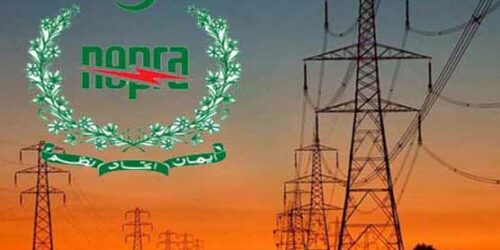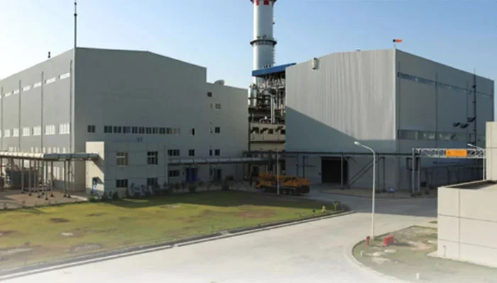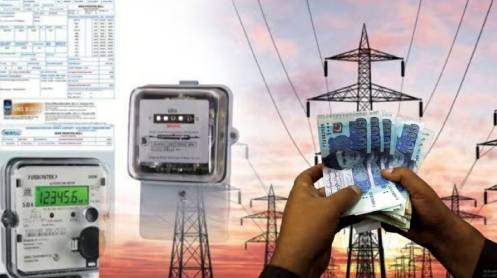The National Electric Power Regulatory Authority (NEPRA) is all set to announce today (Thursday) the increase in electricity base tariff by Rs7.90 per unit for the next budgetary year 2022-23. It will be effective from July 1, 2022 after the nod of the federal government. This increase in base tariff will help the incumbent government help restore the $6 billion IMF program.
The Fund has linked its program’s revival with doing away with subsidies in POL products and increase in tariff, ensuring full recovery of electricity cost in the tariff. “With the increase by Rs7.90 per unit, the increase in base tariff would jack up to Rs24.41 per unit from the existing base tariff at Rs16.51 per unit,” relevant authorities told The News on condition of anonymity.
After NEPRA’s determination in the shape of differential tariff of all DISCOS, the government would respond to it with its decision on what portion of increase in the tariff it will pass on to end consumers and what portion of subsidy it will pick up in the tariff. Or it will pass the full increase in tariff to end consumers. And the government will submit its petition for maintaining the uniform tariff across the country.
Under the new NEPRA Act, the government is bound to respond within 30 days for reconsideration of the tariff with its new assertion in the review petition. “This process will be completed till the enforcement of the new tariff from July 1, 2022.”
“The increase in base tariff has been worked out at Rs7.90 per unit in the wake of mainly inclusion of more power plants into the system. Due to this development, the capacity payments have increased to about Rs1.2 trillion from the existing Rs800-850 billion.”
The dollar indexation has also increased, which will be a part of the increase in tariff. They said that the increase in base tariff would be a blessing in disguise in a way as the reference price of fuel would also increase in base tariff owing to which the quarterly and monthly fuel adjustments would lower to just above Re1 per unit against the current monthly adjustments of over Rs3-4 and sometime Rs5 per unit.
They said that some of the new projects are now a part of the national grid, which include 878-km-long 660kV high voltage direct current (HVDC) transmission line, two nuclear power plants (k-2 and k-3), China Hub power plant, Engro power plant and RLNG-based power plant at Trimmu, Jhang, in Punjab and some more projects.
Since the projects in Pakistan are installed in IPP mode, the government which is the sole purchaser of electricity is bound to pay the capacity payments to the projects even if they are lying idle.
The base tariff is the average cost of electricity comprising the cost of power plants transmission and distribution system, including fuel and O&M. It also includes the capacity payments of the power plants and to this effect, the current capacity payments stand at Rs800-850 billion per annum, which consumers pay in the tariff and in next budgetary year 2022-23, the capacity payments would increase up to close to Rs1.2 trillion per annum.





